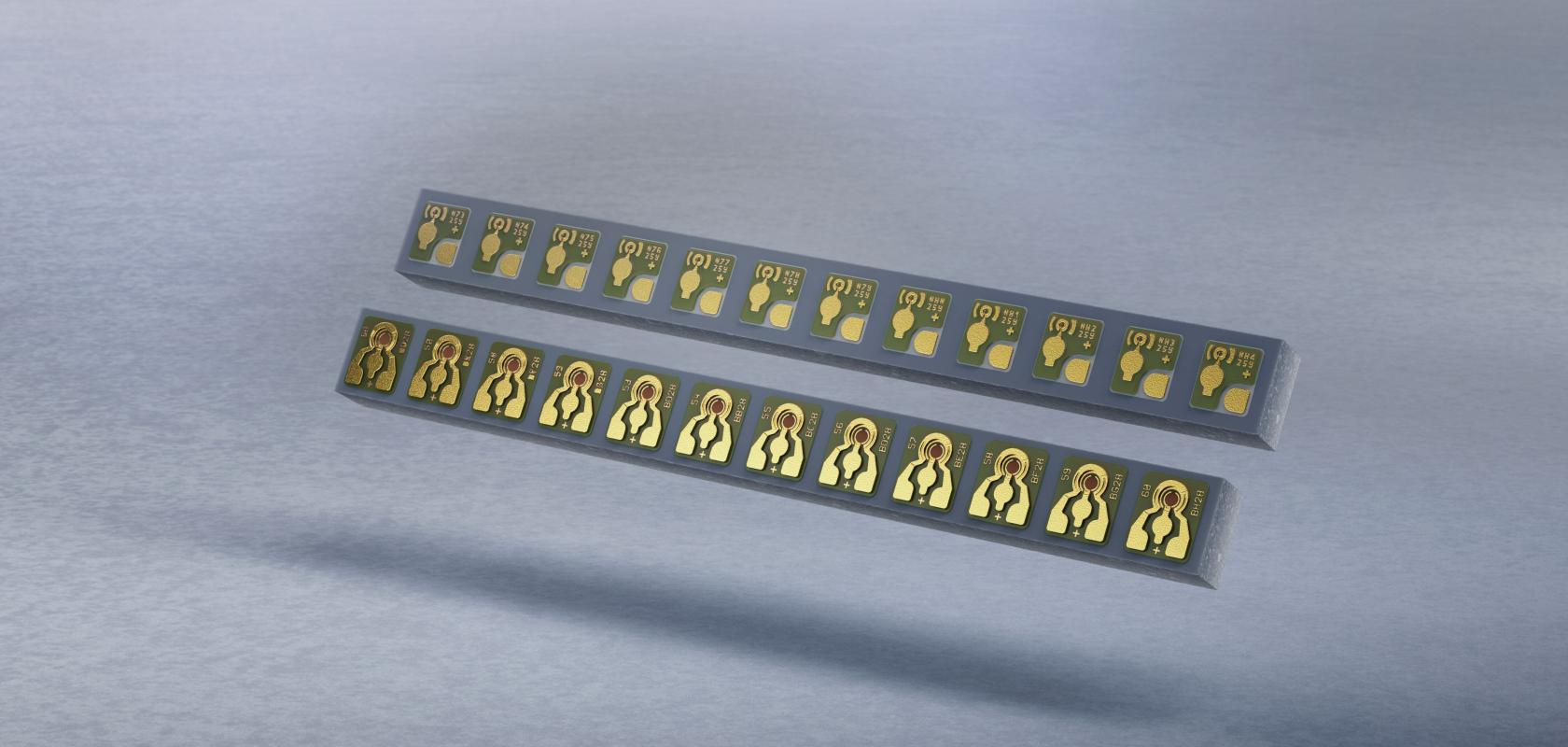At the ECOC 2024 conference in Frankfurt this week, Trumpf and its South Korean customer, Optomind, demonstrated 800Gbps data speeds at 100Gbps per channel, an advance that could improve data communication systems.
The achievement saw Trumpf’s VCSEL technology operate at PAM4 112Gbps/ch within Optomind’s transceiver and active optical cable (AOC).
PAM4 is an optical modulation technique that allows for higher data rates and increased spectral efficiency compared to non-return-to-zero (NRZ) modulation.
The VCSEL-based technology, first demoed at OFC in San Diego earlier in the year, is set for release in 2024, the company said at the time - which will exist as a full-featured version with enhanced performance over longer link transmission at higher temperatures.
“We are pleased with continuing collaboration with Optomind… which validates the use of [VCSEL technology] in a real-world application,” said Ralph Gudde, Trumpf’s Vice President of Marketing and Sales.
While fibre optic links based on edge emitter lasers are used to transmit data over thousands of kilometres, the need for short-range fibre optic connections in data centres is crucial. Thanks to their circular beam profile with a small angle of divergence, VCSELs help to meet this requirement by enabling high coupling efficiency in optical fibres.
At the show, Trumpf also demonstrated its subwavelength surface grating technology for datacom VCSELs.
While the technology has been inside Trumpf's VCSEL product for two decades, the company is pleased to see it "find its way into our datacom products,” said Gudde.
Subwavelength gratings result in better relative intensity noise performance, reduced sensitivity against optical feedback and avoidance of polarisation flips. The signal quality in a complex optical link is consequently improved and enables higher data rates without changing the light current voltage characteristics.


